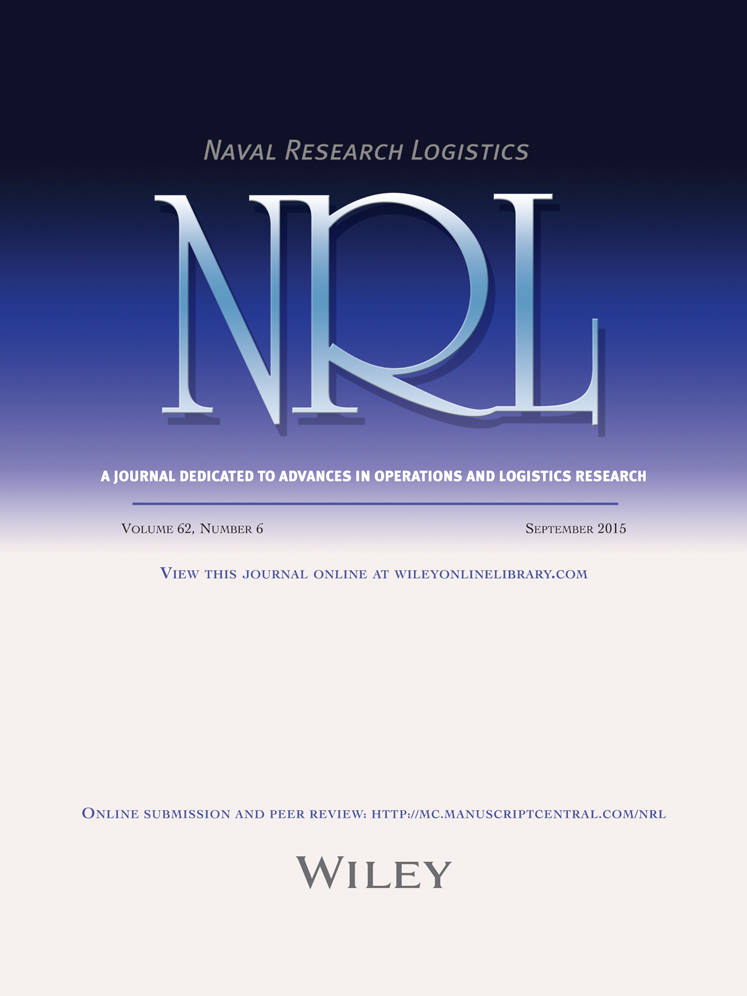Synchronization in hub terminals with the circular arrangement problem
Abstract
Hub terminals are important entities in modern distribution networks and exist for any transportation device, that is, cross docks and parcel distribution centers for trucks, container ports for ships, railway yards for trains, and hub airports for aircraft. In any of these hubs, the mid-term planning task of synchronizing the transshipment of goods and passengers when servicing the transportation devices has to be solved, for which many different solution approaches specifically tailored to the respective application exist. We, however, take a unified view on synchronization in hubs and aim at a general building block. As a point of origin, a basic vertex ordering problem, the circular arrangement problem (CAP), is identified. We explain the relation between the CAP and hub processes, develop suited algorithms for solving the CAP, and extend the basic CAP by multiple additions, for example, arrival times, limited storage space, and multiple service points, make the problem adaptable to a wide range of hub terminals. © 2015 Wiley Periodicals, Inc. Naval Research Logistics 62: 454–469, 2015




